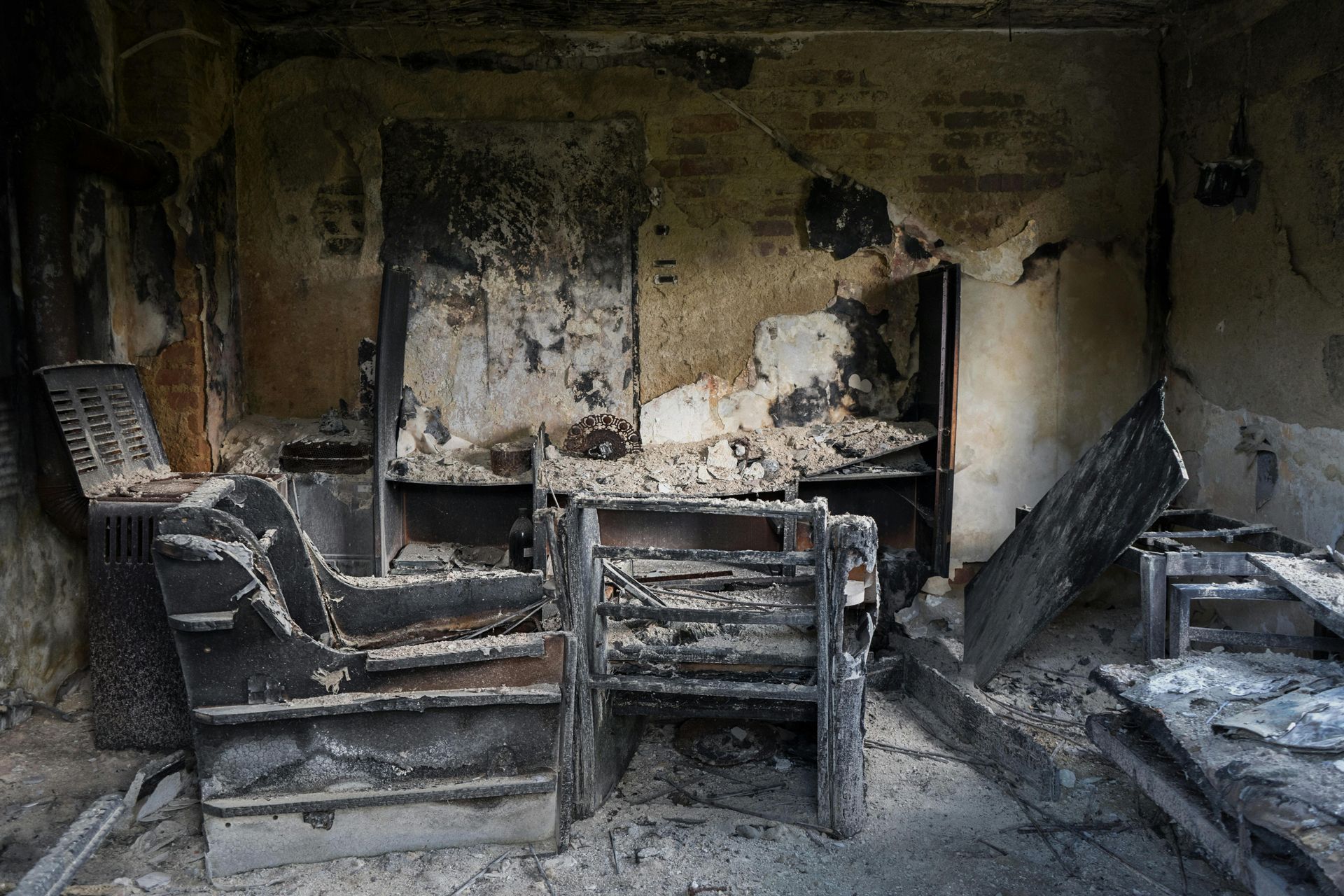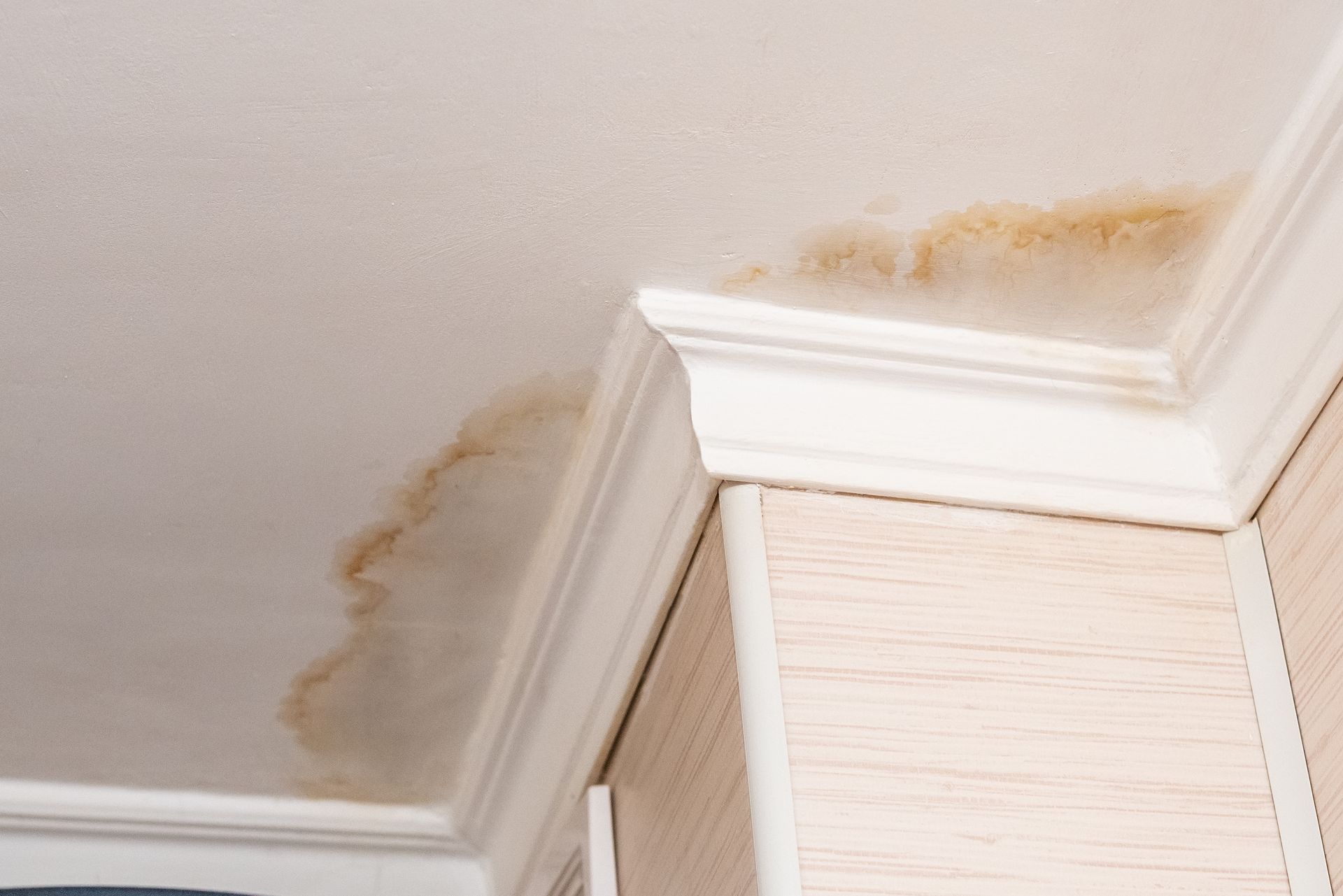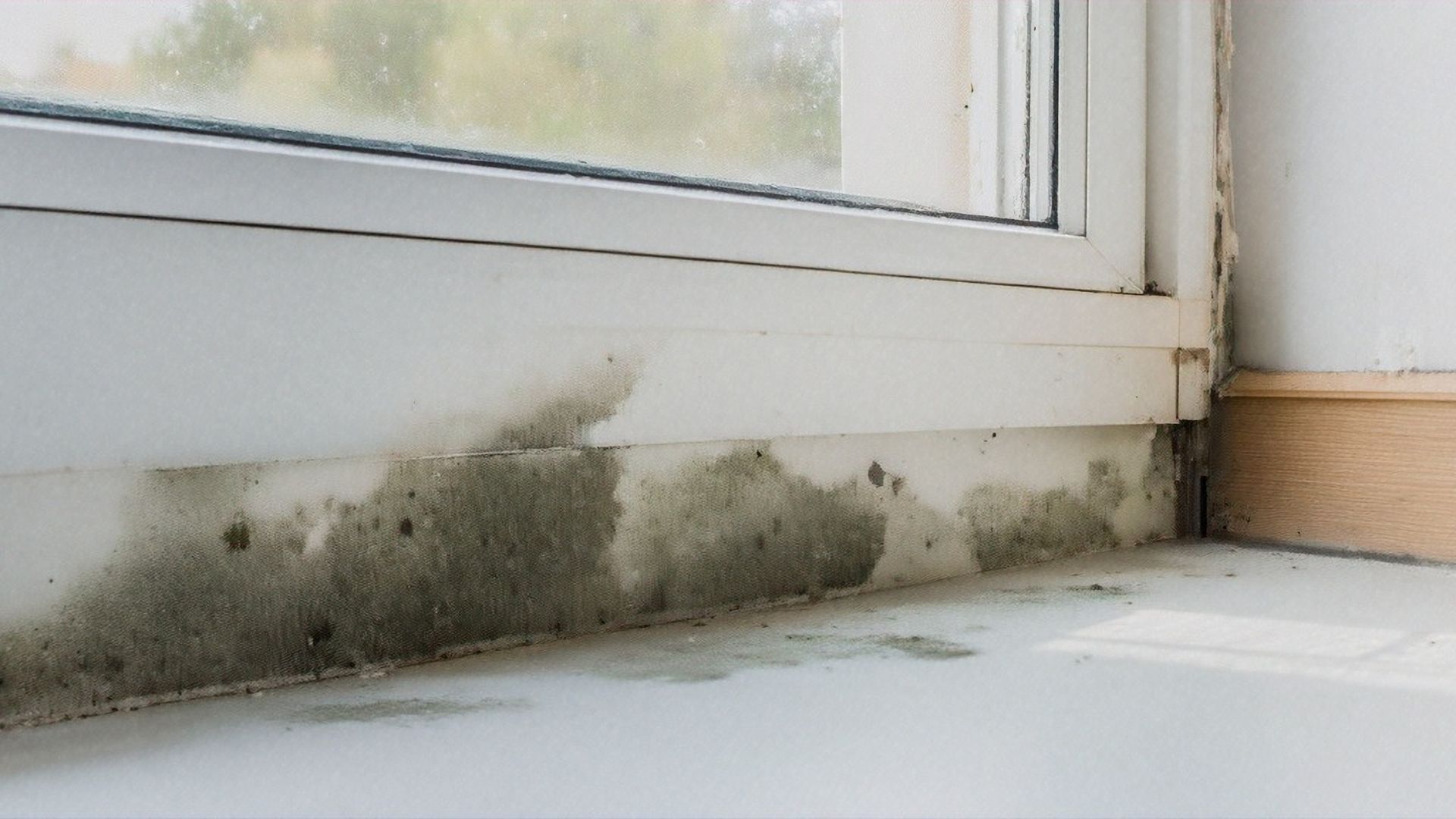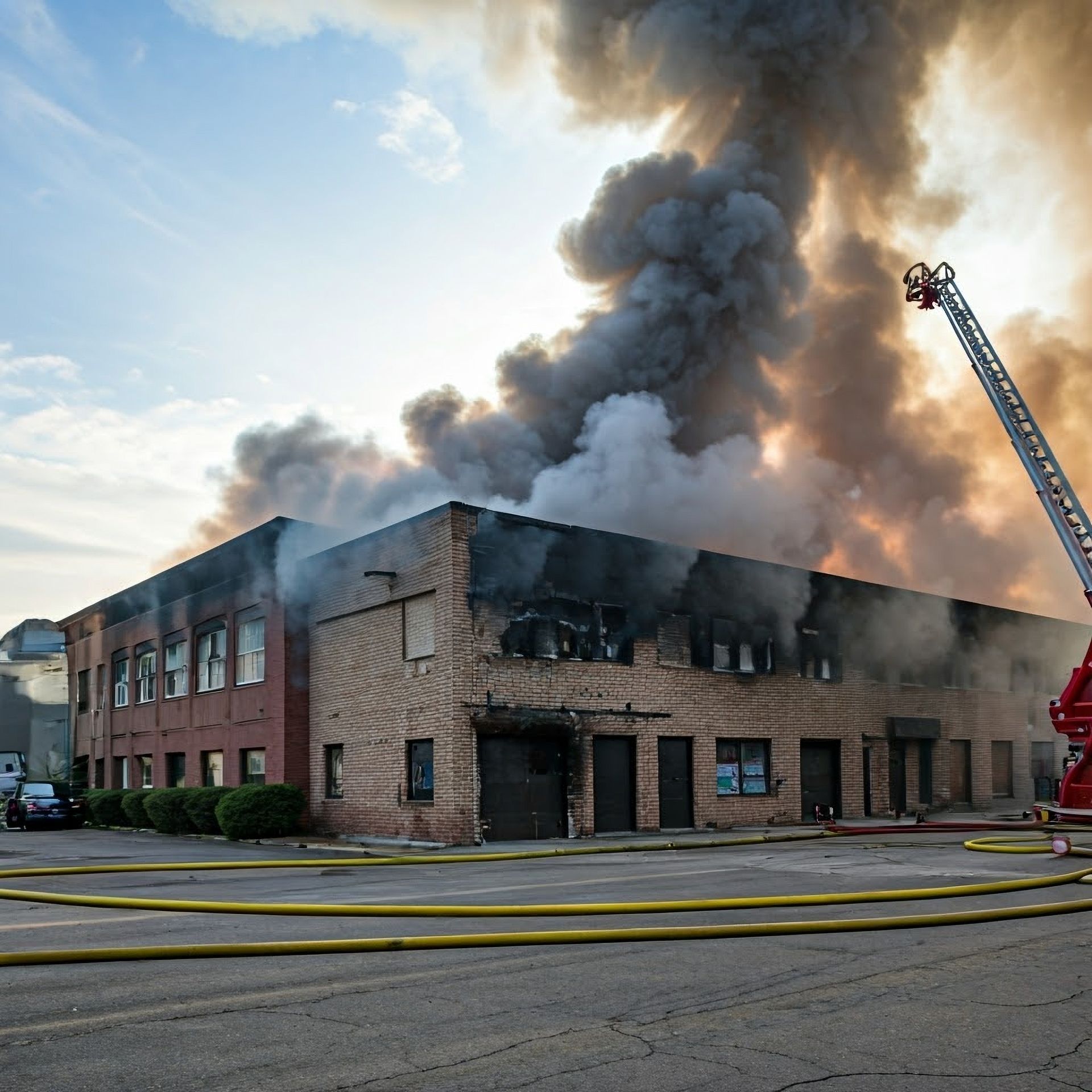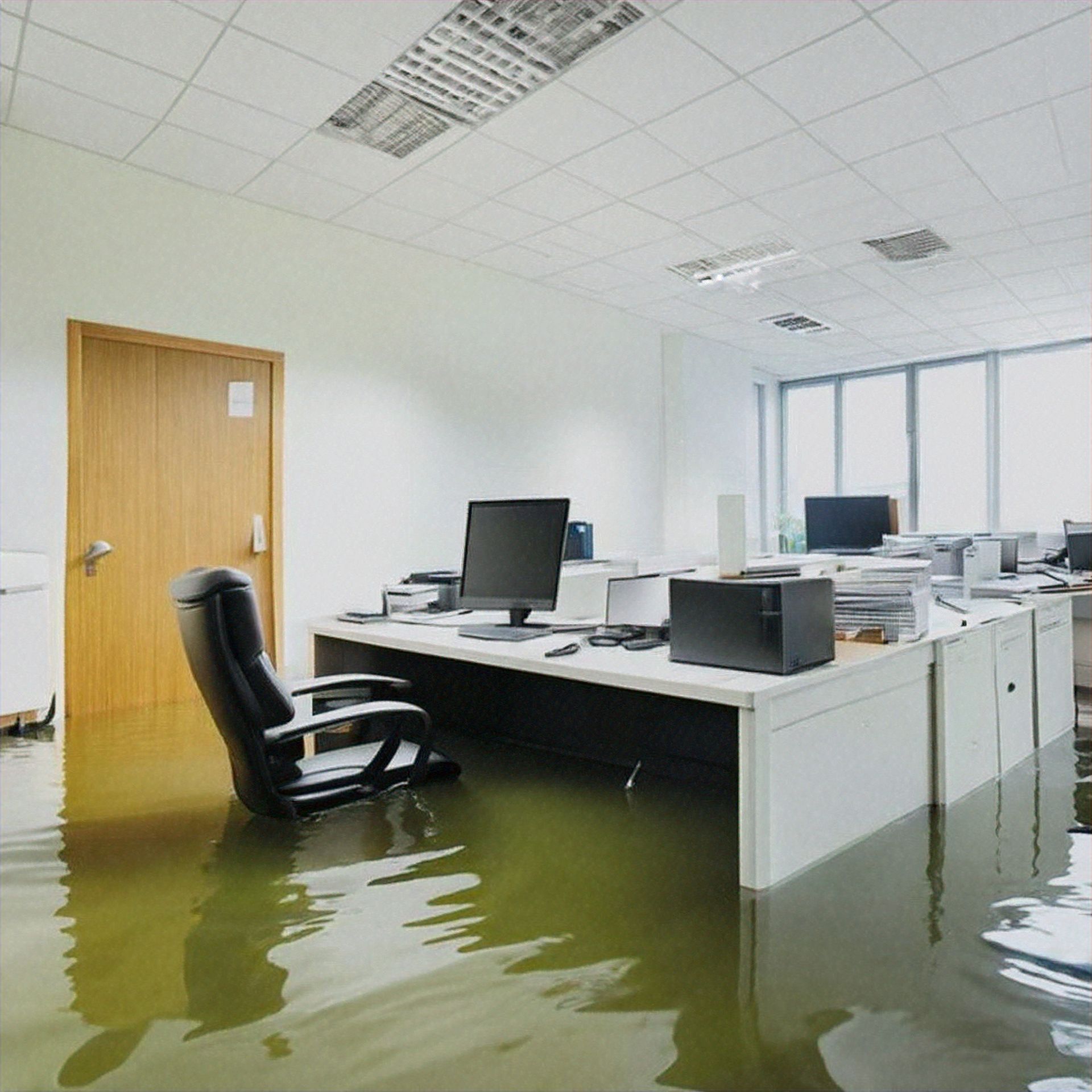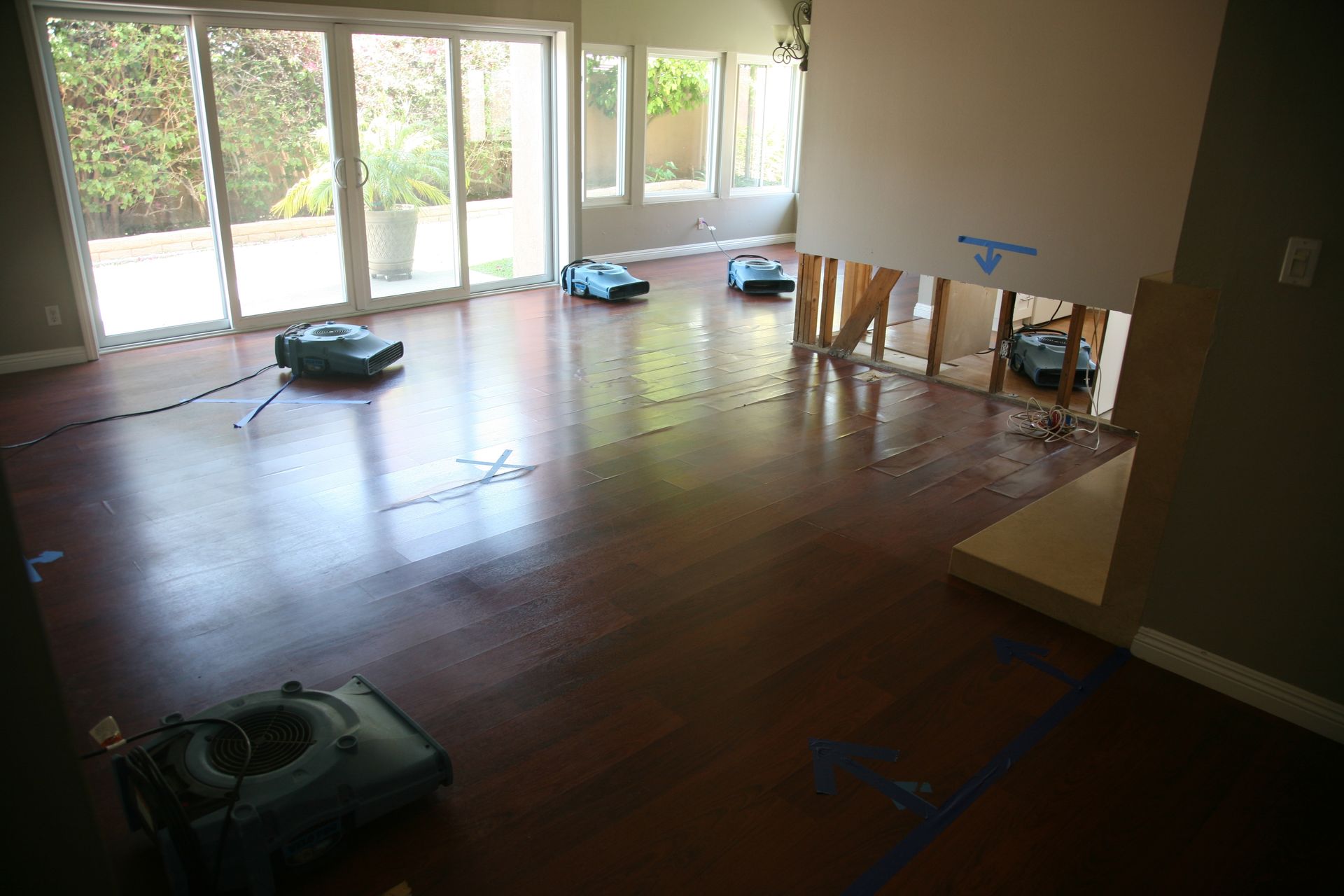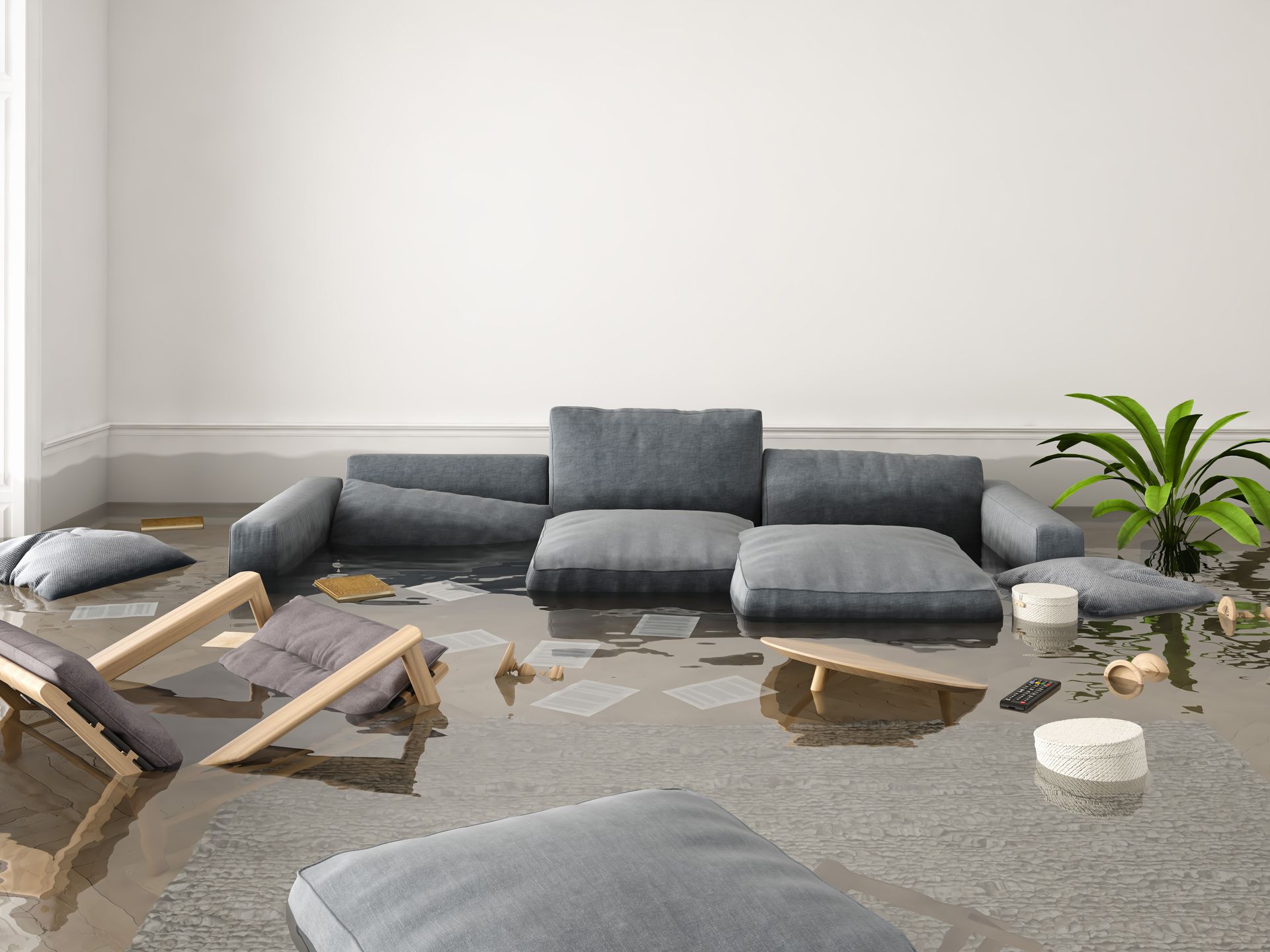Is your garbage disposal leaking under your sink?
It’s wet under the sink and on the floor!!
Do you have a leaking Garbage Disposal?
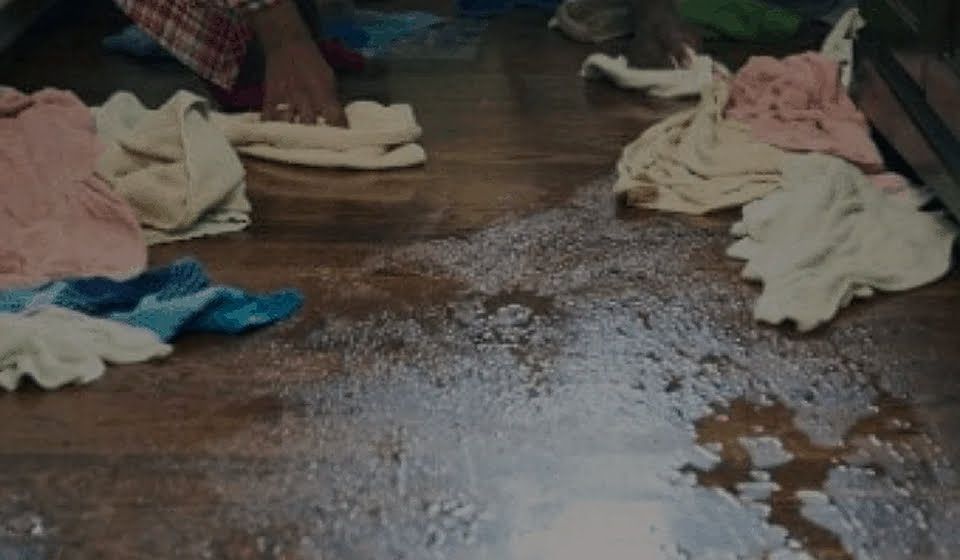
A garbage disposal leak is very frustrating when it makes the floor or cabinet under your sink wet, leading to more possible water damage if its left unattended. This damage could amount to rotting wood or mold growth. It’s important to clean and dry the area right away.
For these reasons, your garbage disposal may be leaking:
Leaky Sink Flange : The sink flange is located at the top of the garbage disposal. Here, the disposal meets the sink and drain, which helps keep dirt from blocking up your drain. The leak at this location is usually from weak mounting bolts or weak putty.
Cracked or split body : Cracks usually occur from knocking/bumping into the disposal as a result of removing stuff from under your sink. If you see any kind of discharge or dried buildup on the unit, then you may need a new one.
Gasket wear : A garbage disposal gasket sits between the flange and rubber seal. Over the years, gaskets begin to dry up and weaken, especially if you don’t use it often.
Drain Lines : There are two lines coming from your garbage disposal. The thicker line is the sewer disposal line and the thinner one goes to your dishwasher disposal line. Over time, these lines can develop cracks and leak.
Loose or damaged pipes : If the garbage disposal is leaking from the bottom, check your discharge pipe that’s attached to the sink. Check to see if the plumbing is loose.
Here are a few tips to help prevent your garbage disposal from leaking:
- Do not put hard items into your garbage disposal such as bones, hard corn kernels, shellfish parts, nut shells, plastics and non-food items.
- When fibrous foods or starch get into your garbage disposal, it can create problems. Fibers can twist around the grinder and starch will become hard. Such foods are fruit seeds, banana peels, celery, corn cobs and onion skins. Egg shells and coffee grinds are also not recommended.
- If you have a lot of larger waste items, such as melon skin, cut them into smaller pieces. Put as little as possible into your garbage disposal to get a safe grind.
- After you have used your garbage disposal, you should run cold water for about 60 seconds. This will help push the waste through and only use cold water. Hot water can melt any fats that are in the system causing a possible clog.
Clean your garbage disposal occasionally to prevent a nasty odor. If you like, you can freeze vinegar or lemon juice and put them into your disposal, grind them up and then flush with water.
The post Is your garbage disposal leaking under your sink? appeared first on Restoration 1 of Evansville, Indiana.
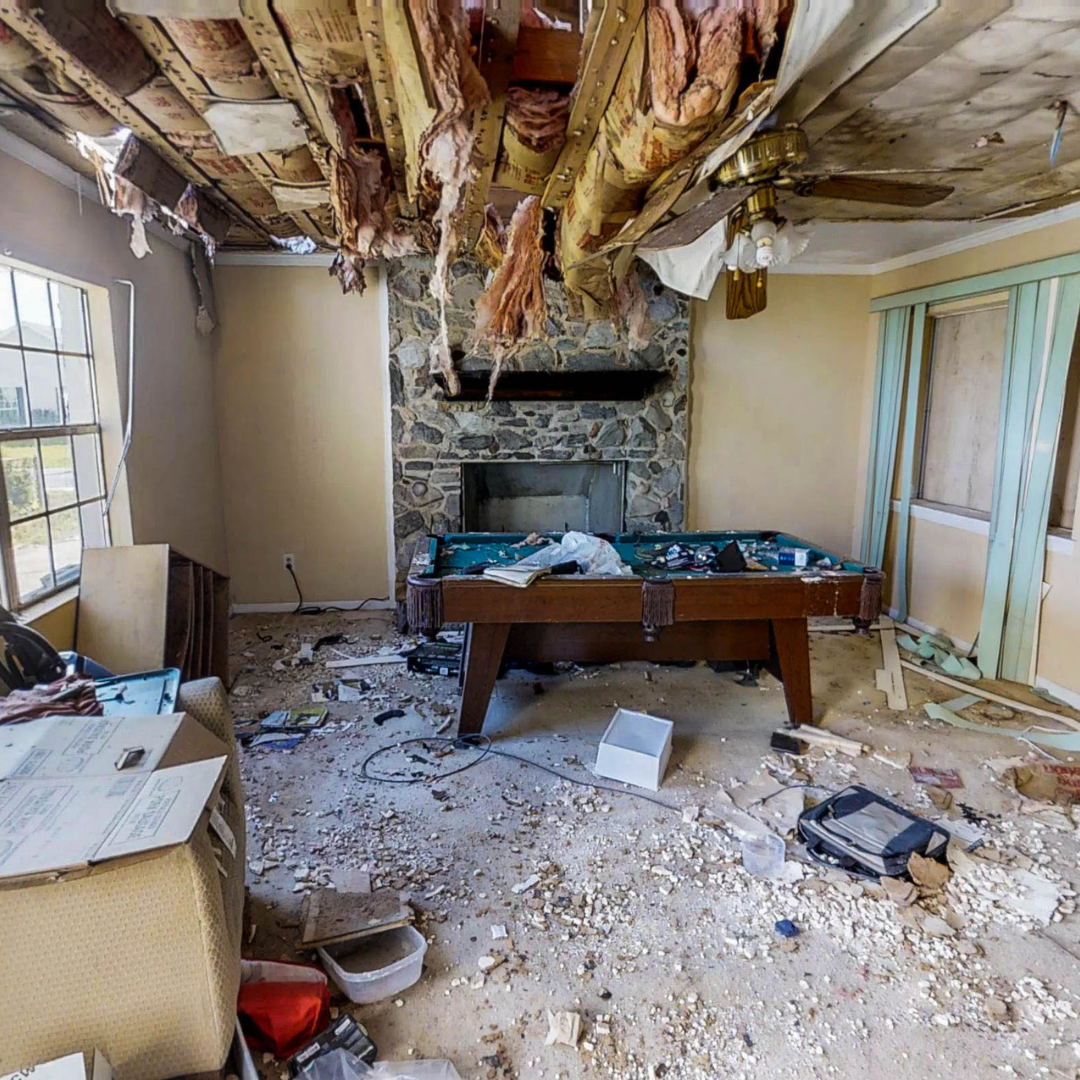
The Essential Guide to Professional Storm Damage Restoration: Why You Need Experts for Fast Recovery
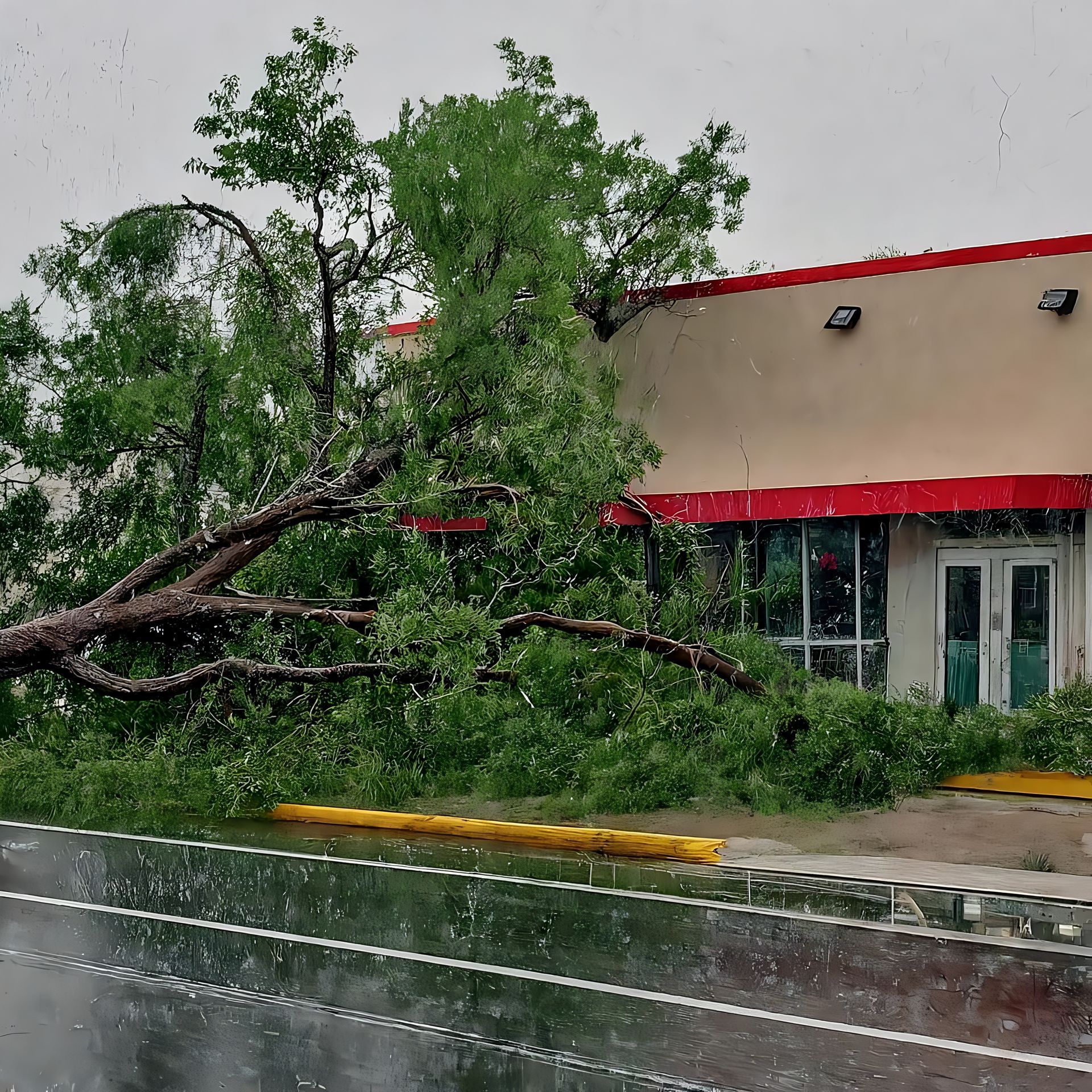
Commercial Storm Damage Recovery in Evansville: Protecting Your Business When Severe Weather Strikes
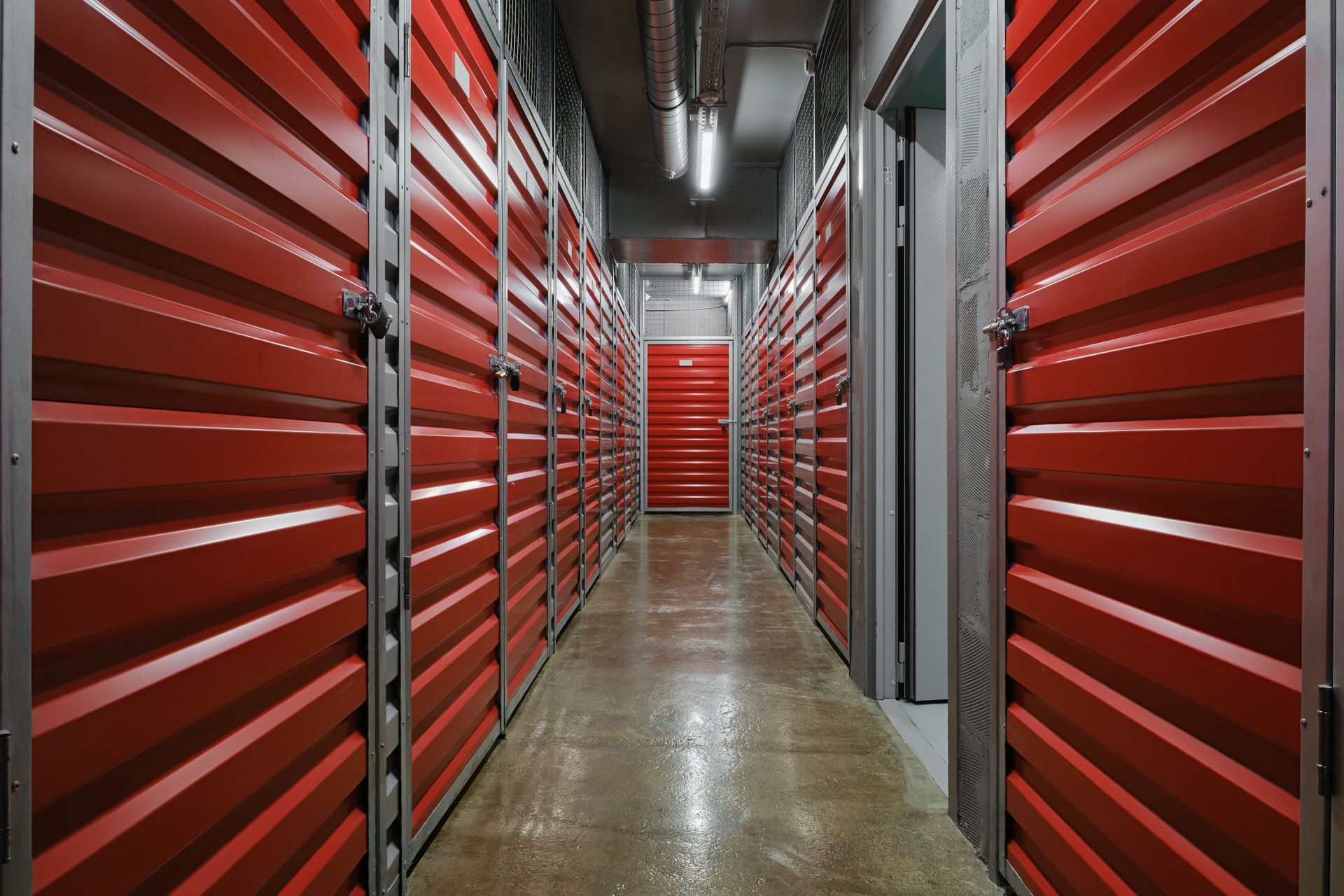
Secure Storage Solutions During Restoration: Why Restoration 1 of Evansville is Your Trusted Partner

Proudly Serving the following areas
- Evansville, IN
- Henderson, KY
- Jasper, IN
- Vincennes, IN
- Owensboro, KY
Contact Us
24/7
Emergency Services

